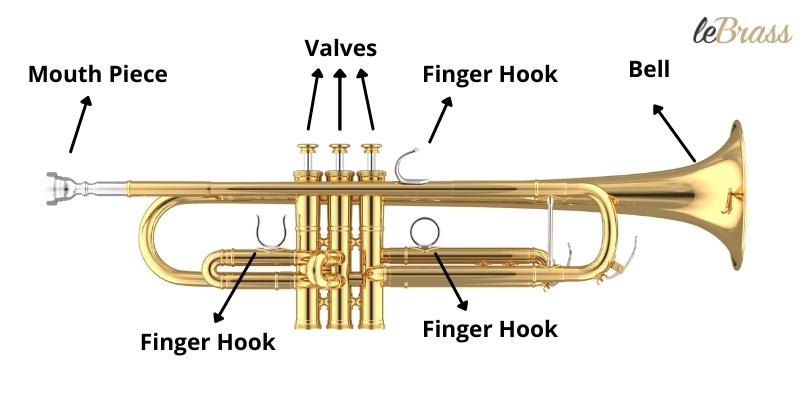The trumpet buying guide
Find out which trumpet is right for you with our buying guide! Select your favourite pitch, the look, the budget and your favourite manufacturers and find the right trumpet for you. Afterwards, the models that meet your requirements will be suggested to you. Once you have found the right trumpet, you can even order it directly.
Origin and development of the Trumpet
Trumpets are among the oldest instruments. Trumpets have even been found in Egyptian tombs. Pictorial and written sources confirm that even in ancient times, preliminary forms of the trumpet were known. At first, the trumpet consisted only of the unbent body. This meant that only natural notes could be played, which is why this form is also called the natural trumpet. It was not until valves were invented in the 19th century that chromatic scales could be played with a trumpet. The trumpet is a transposing instrument, which means that the notes played do not correspond to the sounding notes. By now there are many different types of trumpets.
The construction of the trumpet

The trumpet is mostly cylindrical. Only at the end does the tube open into a conical funnel. The tube is “wound” several times, so that even trumpets with long tubes remain manageable. Each trumpet is equipped with 3, sometimes 4 valves, over which the various notes can be played. The sound is produced in the mouthpiece. This is where the lips vibrate and produce a tone.
Why does the trumpet belong to the brass instruments?
Brass instruments are instruments that are made of metal and whose sounds are produced via the mouthpiece. The trumpet therefore also belongs to the brass instruments. The tone is produced by the vibration of the lips. The sound then vibrates through the body and can be changed there by operating the valves. The valves ensure that the moving air takes a longer or shorter path through the body and thus changes the tone.
Where is the trumpet used?
The trumpet is used in every genre of music. In the classical orchestra, up to 10 trumpeters are used. But some famous trumpet players have also emerged from jazz – for example Louis Armstrong. It is also used in pop and rock music. The trumpet enriches every style of music with its own unique sound.
Sound production on the trumpet
The sound of the trumpet is produced by the player’s lips. When the trumpet is played, the lips vibrate in the cup and produce the sound. The vibrating air then travels further through the tube and can be diverted by operating the valves. This changes the vibration and a different tone is produced.




